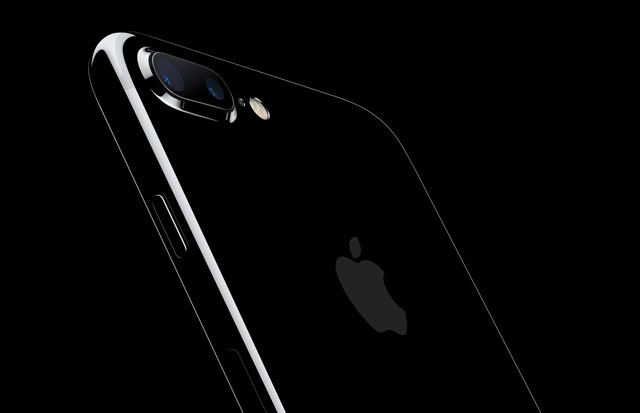
Apple rolled out updated products and new features on Wednesday that mostly relied on an old strategy. The most valuable technology company is targeting pent-up appetite for new iPhones to reignite sales growth amid mounting investor concern that its pace of innovation is slowing.
The iPhone 7 line includes camera upgrades, a faster processor and a new water- and dust-resistant design, the company said on Twitter and during an event at San Francisco’s Bill Graham Civic Auditorium.
“This is the best iPhone we’ve ever created,” CEO Tim Cook told an audience of reporters and Apple employees.
Apple, based in California, also unveiled a new water-resistant Watch with GPS tracking, a faster processor and brighter screen.
Apple’s previous CEO Steve Jobs introduced the iPod, iPad and original iPhone at similar events in the past, helping revenue and profit surge.
Yet sales this fiscal year are forecast to decline for the first time since 2001, prompting questions among some investors and analysts about Cook’s ability to deliver such innovations.
He’s trying to increase sales of software and services, while greater investment in research and development has yet to yield new product lines such as an Apple car or virtual reality offering.
Expectations for the iPhone 7 have been muted, with anticipation instead mounting for the model to be introduced in 2017, when Apple celebrates the device’s 10th anniversary.
Apple’s smartphone market share is likely to slip to 13,9% this year, compared with 15,8% in 2015 and an estimated 14,2% in 2020, according to research firm International Data Corp, which also forecasts slower growth in overall smartphone sales as consumers upgrade less frequently.
China has been a big drag on Apple’s performance this year as local rivals introduce cheaper handsets with similar functionality.
Apple’s fiscal third-quarter sales decline in Asia’s top economy was bigger than the revenue drop in the Americas and Europe combined.
It would have been worse if not for the iPhone SE, a cheaper version introduced in March to prop up sales ahead of the iPhone 7.
The latest iPhone is similar in design and size to its predecessor, the iPhone 6s. The larger handset has a back-facing dual camera which allows for crisper images, particularly in low light. It also comes with a new pressure-sensitive Home button that provides a vibrating sensation in response to button presses instead of an actual physical click.

The new Apple Watch may disappoint customers who had been hoping for a cellular chip that would have given it mobile network connectivity and untethered it from the iPhone.
Apple had been in talks with mobile phone carriers earlier this year to introduce such a version, but the plans hit hurdles on concern about reduced battery life, people familiar with the discussions said last month. Samsung Electronics unveiled its own smartwatch with cellular connectivity last week.
When the Apple Watch first reached stores in April 2015, some hoped it would become a new revenue source to match the iPhone and early iPad sales.
Apple still doesn’t break out sales of the smartwatch, lumping it with “other products” in financial reports. That segment generated $2,2bn of revenue in the three months through June — less than half the sales from iPads and an even smaller fraction of the $24bn in iPhone sales that quarter.
IDC estimated Apple shipped 1,6m watches in that period, down 55% from the same period a year earlier. — (c) 2016 Bloomberg LP




